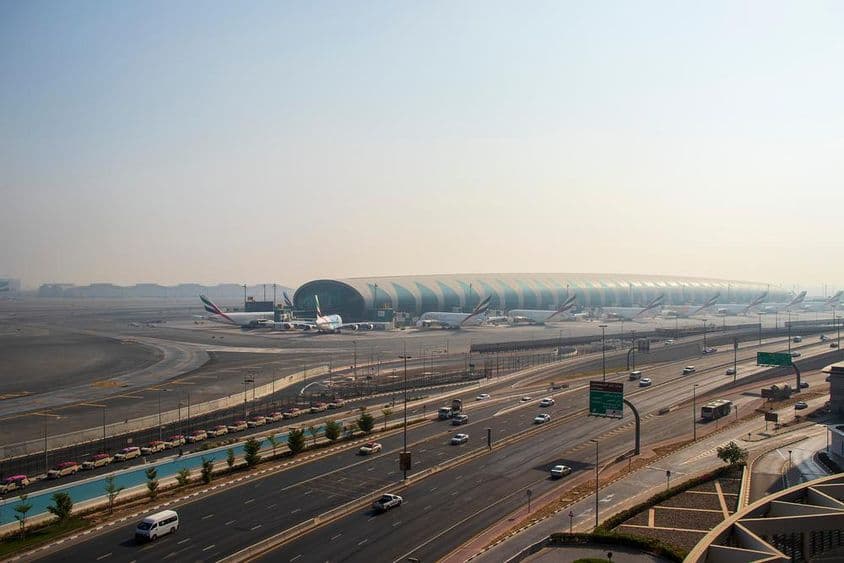Dubai's New Road Markings Challenge Drivers

Dubai's New Road Markings: Fines and Safety Lessons
Dubai's transport network is continuously evolving, with the introduction of new regulations, road markings, or camera systems often aiming to enhance safety. However, such changes sometimes surprise daily commuters, who drive based on habit, relying on previous routes and rules. In recent weeks, numerous drivers have been startled by the appearance of new, continuous white lines—referred to as "no passing lines"—on various major roads in Dubai, such as the Ittihad Road, Baghdad Street, near the Airport Tunnel, as well as on the E311 and E611 highways.
What do these new road markings mean?
The Dubai Roads and Transport Authority (RTA) has issued a driving guide for light vehicles that clearly states: crossing continuous white lines is prohibited. This applies to lane changes, overtaking, or even reaching an exit. These lines are known as "regulatory signals," and violating them can result in fines of up to 400 dirhams.
The main goal is to enhance road safety and reduce accidents caused by last-minute, risky lane changes. However, the experience shows that the introduction of new markings wasn't always supported by warning signs or prior communication, taking many by surprise.
Drivers' Experiences: Sudden Implementation and the Power of Habit
Many daily commuters have reported that changes appeared overnight on the routes they regularly use. Due to routine and automatic actions, many failed to notice the line in time, only realizing their mistake after receiving a fine.
One regular commuter noted that the most significant problem is that these lines are very close to the exits. This is particularly problematic if the driver decides at the last minute to exit, as previously accustomed—but now crossing the line is considered an offense.
New Cameras, New Fine System
In addition to road markings, new cameras were installed along these sections, automatically recording violations. Many drivers have commented on the accuracy of these cameras, detecting every lane change, even if minimal or if the driver was unaware of the regulatory changes.
The presence of surveillance cameras inherently slows down traffic, as many drivers reduce speed once they spot them. However, those who don't know exactly why a camera has been placed can only guess what it's monitoring.
Communication Gaps - or a Deliberate Rollout?
Several affected individuals expressed concerns not about the regulations themselves but about how they were implemented. They believe that such changes should be accompanied by warning signs, digital displays, or even radio and social media campaigns to help drivers adapt to the new conditions.
Most agree on the objective of the changes: everyone concurs that traffic safety is paramount, and last-minute lane changes can indeed be dangerous. However, without the opportunity to prepare, the initial period seems more focused on collecting fines rather than the effectiveness of the regulation.
What Could Be the Solution?
Several drivers suggested that following the introduction of road markings, there should be at least a transitional period where no fines are imposed, only warnings sent. This would serve an educational purpose and truly aid adaptation.
Others believe it would help significantly if signs were placed before surveillance cameras, clearly stating: "No lane change" or "Continuous line ahead." This would not only help avoid fines but also increase awareness.
Lesson for Everyday Commuters
Dubai's transport system is highly advanced and continuously evolving—however, this also means drivers need to remain vigilant. Beyond habits, continuous alertness is necessary, especially if driving the same route daily. A new line, a new camera, or a new exit can bring serious consequences in seconds.
This situation also highlights the importance of paying attention not only to navigation but also to our immediate surroundings while driving. While GPS provides direction, we must notice and adapt to new road rules ourselves.
Summary
Dubai's latest traffic changes, particularly the freshly painted continuous lines and new cameras, aim to reduce accidents and increase road safety. However, the speed of implementation and lack of communication resulted in surprises and inconveniences for many drivers—often in the form of fines. In the future, it is hoped that authorities will employ multi-channel communication before such changes, giving commuters time to prepare. In the meantime, every driver should pay closer attention to road markings—not just where they seem new.
(Source of the article: Based on a statement from the Roads and Transport Authority (RTA).)
If you find any errors on this page, please let us know via email.


